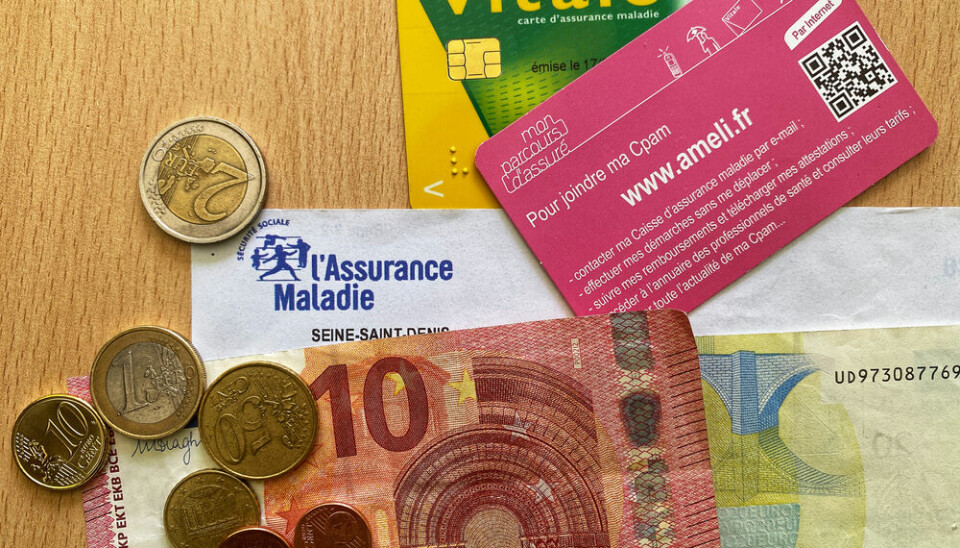Patients to pay more for doctor visits in France from May 15
The participation forfaitaire will double in most cases
The participation forfaitaire is rising but will remain capped at a maximum €50 per year
Copyright (c) 2021 AmateurTraveller/Shutterstock. No use without permission.
Visits to the GP are to become more expensive for most people from May 15 due to an increase in the so-called participation forfaitaire, the part left for the patient to pay.
The rise will affect all visits to the doctor, medical tests and transport and follows a government decree on February 16.
It is expected to save the government €800m a year.
What is the participation forfaitaire?
The French social security does not pay for all medical expenses, but leaves a part to be paid by private top-up insurance, if the patient has one, and the patient.
A visit to the GP costs €26.50. The lion’s share is paid for by social security (70%), leaving 30% for the patient or their top-up insurance.
On top of the parts paid by the social security and the top-up insurance, the patient must pay the participation forfaitaire, which until May 15 is €1 but will then rise to €2.
The change will not increase the price of a visit to the doctor, but reduce the participation of the social security in reimbursing the total cost.
Read also: Doctors: New €60 ‘long consultation’ for over-80s proposed in France
Another cost is the franchise médicale on medicines, nurse visits and medical transport, which also increased on March 31.
Announcing the change the Assurance Maladie, which manages the system of national health insurance in France, confirmed to France Info that the maximum annual cost per patient of the participation forfaitaire will remain at €50 “to protect patients who suffer from long term illness”.
Note that some patients do not pay the participation forfaitaire at all, including:
Children under 18
Pregnant women
People on low income health insurance scheme, the Complémentaire Santé Solidaire (CSS)
Migrants on the Aide médicale de l'État (AME)
People wounded in war
Read also: CHART: How long does it take to get to hospital in rural France?





























